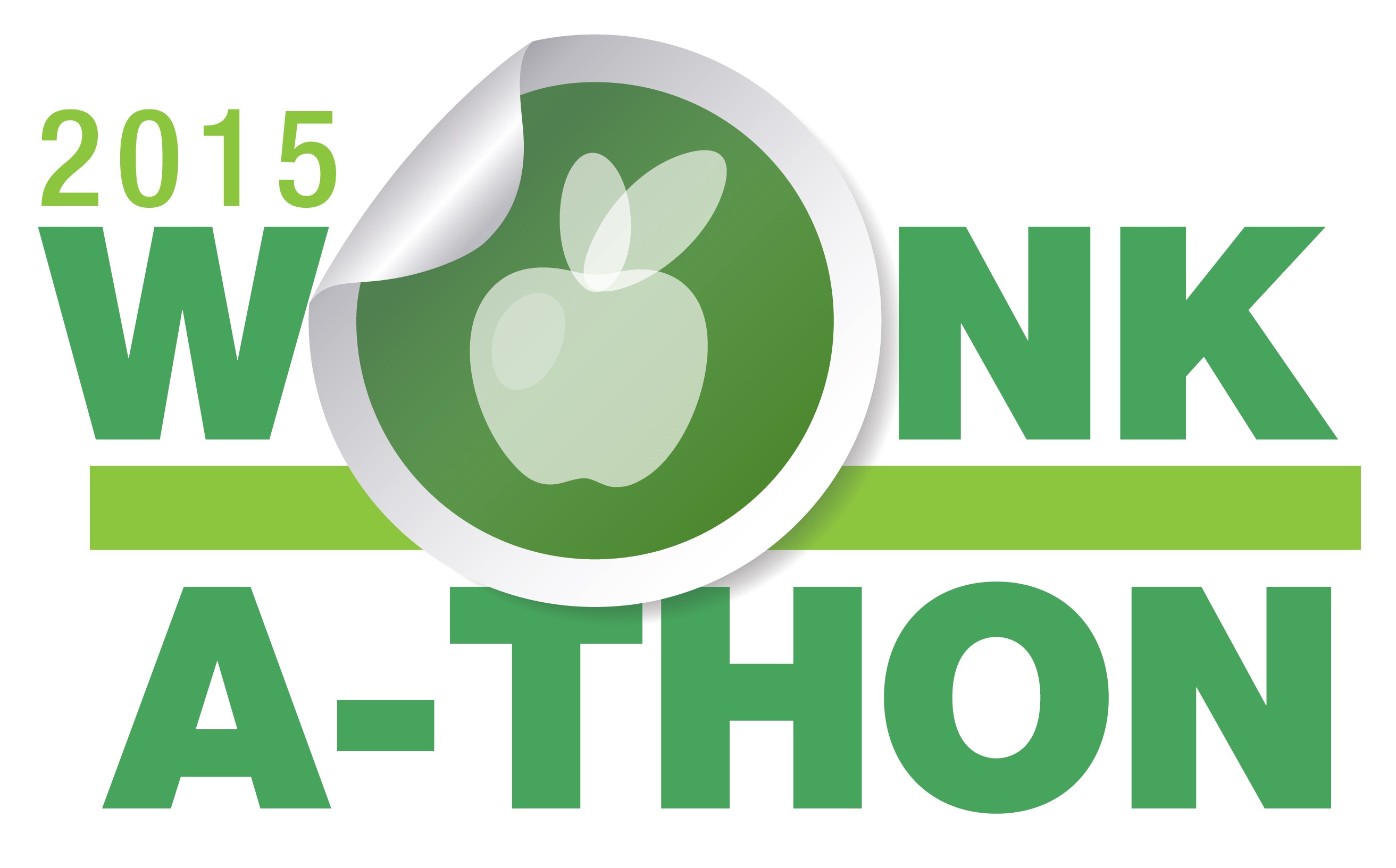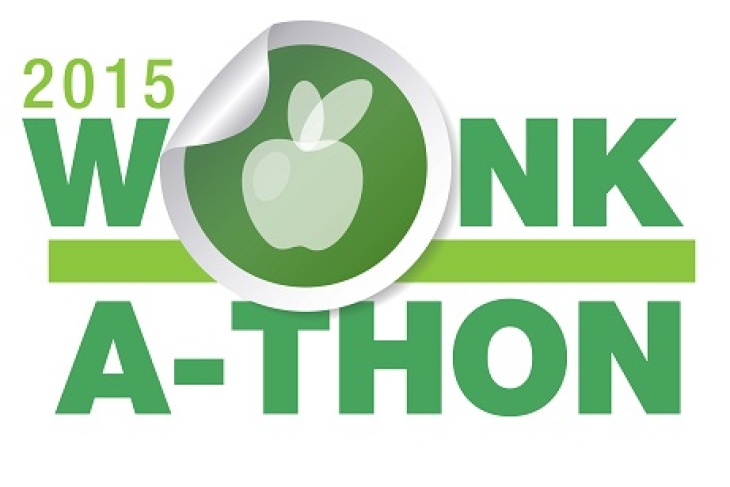
This is the tenth entry in Fordham’s education savings account Wonkathon. This year, Mike Petrilli challenged a number of prominent scholars, practitioners, and policy analysts to opine on ESAs. Click to read earlier entries from Michael Goldstein, Seth Rau, Matthew Ladner, Jonathan Butcher, Tracey Weinstein, Andy Smarick, Neerav Kingsland, Lindsey M. Burke, and Jason Bedrick.
Believe the hype. The creation of a universal education savings account (ESA) program in Nevada is the most momentous event in the history of the school choice movement. Soon, parents of all K–12 public school students in the state will have the ability to direct their children’s state education funds to the schools, programs, courses, and services of their choice. Along with Arizona, Florida, Mississippi, and Tennessee, nearly one million students will be eligible for an ESA in 2016. Despite their massive promise, education savings accounts require a much-needed evolution in the role of the state in education.
The challenges in implementing ESA programs will be twofold. The first will be similar to any startup: securing funds, setting up infrastructure, creating processes and workflows, etc. The second set may prove to be more difficult: getting people to understand that applying the accountability practices of the public school system to an ESA program makes as much sense as making sure that Uber has the same regulations as the taxi cab commission.
But what do we mean by accountability? After talking with people, I think the concept can be separated into three different buckets—academic, financial, and the effective use of funds.
Academic accountability revolves around two ideas: how we hold schools accountable and who holds schools accountable. In the public school system, we use test scores to hold adults accountable. It is a necessary aspect of a system that provides few choices to parents. But we know that testing is not accountability. That’s like believing that stepping on a scale is part of a weight-loss program. Testing merely provides the information needed to make decisions. In most of our lives, that information is vested with the individual, whose ultimate power lies in the ability to make changes on his own behalf. This concept is completely removed from the current public education system. Every state has testing, and, for the most part, they all rate somewhere around 95 percent of their teachers as highly effective. The dropout factories remain alive and well for decades, while millions of students are underperforming readers, on track to drop out, or find themselves paying for remedial classes in college.
Arizona parent Kathy Visser will tell you a different tale of accountability. For her son Jordan, public school didn’t work. So they tried private school, which wasn’t an improvement. Finally, they opted for an ESA and created a customized approach that mixed homeschooling, tutoring, therapies, and other interventions. Jordan is now exceling, and everyone who provides him services is directly accountable to Kathy. Should we be concerned that we don’t have Jordan’s results on the state AIMS test? I’m not losing sleep over it.
Financial accountability should be a much larger focus for the state. It should establish guidelines for authorized uses that follow same principles the government employs when determining what can be purchased with an EBT or HSA card, for instance.
To implement this program at scale, states needs to take a new approach. From the application process to qualifying authorized uses and searching for fraud, there are lessons learned and turn-key solutions in other sectors that can immediately be applied to an ESA program. Parent-friendly application software, already used by some of the nation’s largest charter organizations, can be immediately adopted in Nevada to eliminate the paper-pushing that so often defines a state application process.
Instead of a complicated, bureaucratic claims process, the state should adopt the tools available for health savings accounts. This would allow dozens of full-service financial institutions to provide participants with restricted-use debit cards and merchant and product codes, integrated claims service, reporting tools, and customer service features beyond the capacity at the state. These ideas are not only parent-friendly; they cohere with the twenty-first-century understanding that accountability can be implemented up-front, using smart solutions instead of expensive and time-consuming paperwork
There is a notion that the private sector is analyzing each education policy and seeing how it can get involved. Well, they’re not. In talking to several organizations across sectors, it is clear that they have absolutely no idea what an ESA is or how they can help. Getting these organizations involved requires the choice community to stop talking to itself and start communicating with other industries that are unable to stay up to date with the latest in education policy.
Earlier this year, the Friedman Foundation conducted a survey in Nevada that asked what type of school the participant would select for their child if no restrictions were placed on their choice: public, charter, private, online, or homeschool. Then they asked why the subjects chose the type of school they did. The responses include everything from better education, more individual attention, and a more challenging environment to better peer groups, more diversity, more student discipline, and a closer sense of community.
None of their answers are wrong—parents value different things for their children. And they are the best ones to make those value judgements. For some students, being surrounded by the right peer influences is far more important than the quality of the chemistry program. Others place a more challenging academic environment at the top of the priority list. Some students thrive in an environment with uniforms and discipline, while others excel in a more laid-back setting.
An ESA doesn’t require committee hearings to decide where funds should be sent. It doesn’t require a school board meeting to vote on whether or not to cut the music program. Feel like your child isn’t exposed to enough music education? Pay for it. Little Stevie is falling behind in math? Get a tutor. If you’re in high school, use an ESA to pay for Advanced Placement courses to get a leg up in college, or use it to earn an industry certification so that you can graduate high school with an employable skill. An education savings account allows personalized learning to move from catch-word to reality.
That’s why we cannot implement these programs with the mindset of standardization. The ESA program needs to be seen as an innovative way to bring new options to K–12 parents—one designed to allow parents to maximize each child’s unique learning abilities by offering the educational path that suits them best.
Social movements are ultimately defined by what happens after the movement gets what it demanded. After the Founders decided on the form of government to adopt at the Constitutional Convention, someone asked Benjamin Franklin, “What have we got—a republic or a monarchy?” Franklin famously replied, “A republic, if you can keep it.”
School choice community, you have a universal program. But keeping it will require a lot of work. We need to pour resources into making implementation effective, we need to remain vigilant against death by a thousand regulatory cuts, and we need to educate the world about the promise of ESAs so that parent demands are met with innovative, high-quality options.
Adam Peshek is director of school choice policy for the Foundation for Excellence in Education.
